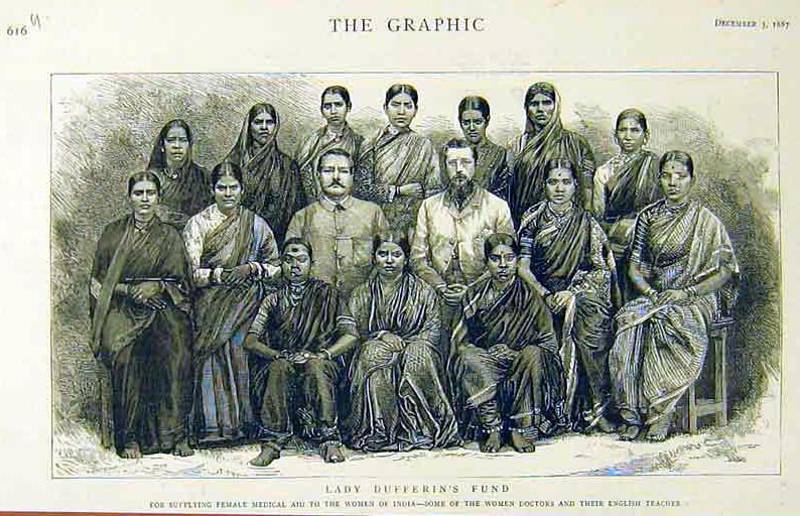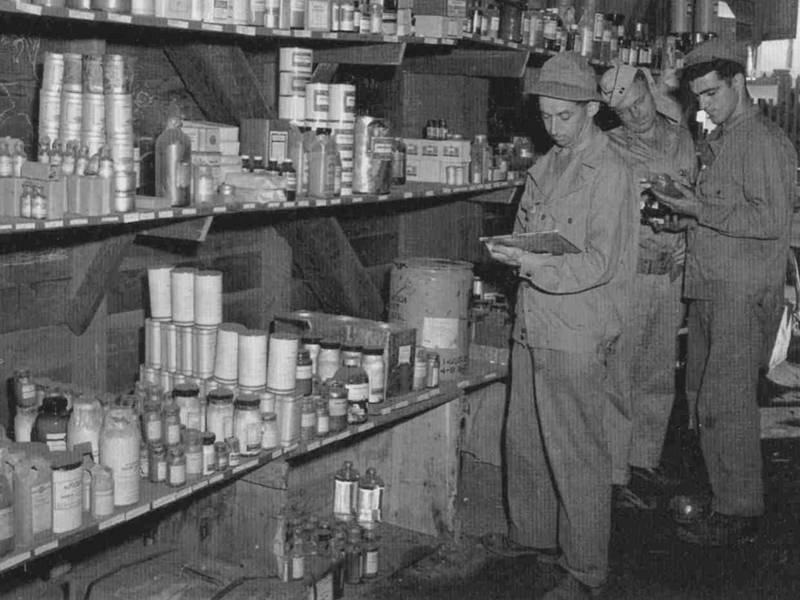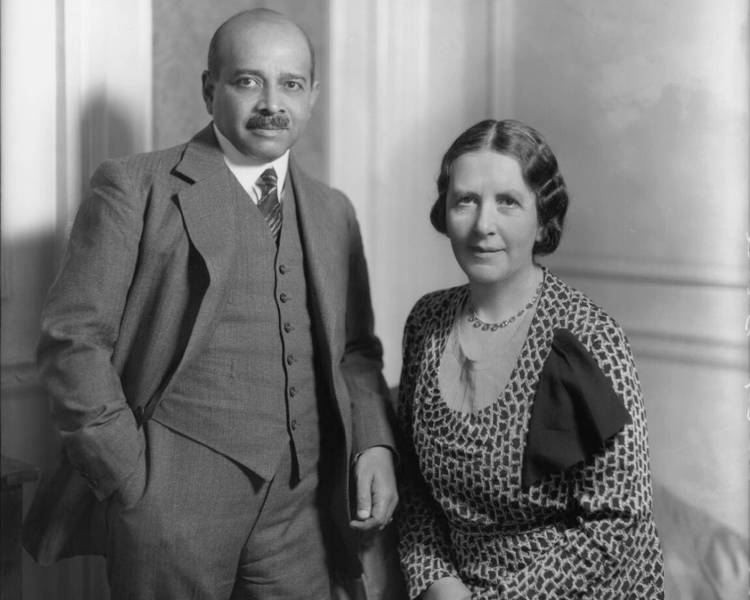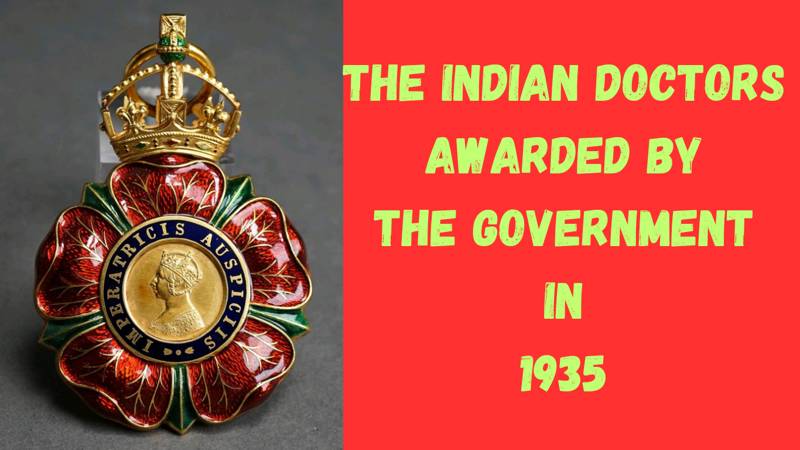Following is the text of the letter by Sir Ronald Ross (Surgeon Major) published in the Indian Medical Gazette of September 1897 reporting his finding connecting malaria & mosquitoes. Three months later, the finding was published in the December, 1897 issue of The British Medical Journal with a note by Surgeon Major Smyth, M.D, I.M.S.
PECULIAR PIGMENTED CELLS FOUND IN TWO MOSQUITOES FED ON MALARIAL BLOOD.
To the Editor of the " Indian Medical Gazette."
Sir,
I write in haste, hoping to be in time for the September number of the Indian Medical Gazette, to put on record a late "find" of mine in two mosquitoes fed on blood containing crescents. For the last two years I have been endeavouring without success to cultivate the malaria parasite in mosquitoes in this manner. In mosquitoes obtained in the ordinary way I have succeeded in distinguishing six new parasites (four of them protozoal), namely, a nematoid, a fungus, a gregarine, a sarcosporidium (?), a coccidium (?), and swarm-spores in the stomach ; but I have not yet been able to trace any parasite to the ingestion of malarial blood. The species of mosquito used have generally been the various brindled species. Lately, however, on employing for the first time a new, brown species, of which I had very few individuals available, I was struck by observing in the only two in which the stomach was well dissected peculiar pigmented cells, the pigment of which exactly resembles that of the haemamoeba.
The first mosquito was killed four days after feeding on malarial blood. The upper part of her stomach contained twelve round or oval cells, 12μ-16μ in diameter; of a substance almost as delicate as the stomach-cells ; with defined but delicate outline not at all amoeboid ; full of stationary vacuoles, but without contractile vesicle or visible nucleus. What was very remarkable, however, was that these cells contained 'pigment identical in appearance with, but more scanty than, that of the malaria parasite.
The second mosquito (my last specimen of the species) was killed the next day, five days after feeding. Her stomach contained twenty-one cells of the same kind, only that they were more solid, with distinctly thicker outline, and considerably larger (16μ-2μ).
The presence of pigment in these cells, exactly like that of the haemamoeba, is of course very remarkable, such pigment being a unique product peculiar to the haemamoeba in men and birds. I have never seen anything like it hitherto in any of the hundreds of mosquitoes examined by me. I think the matter is one deserving record, more especially as it may be weeks or months before I can obtain more of the special brand of mosquitoes in which I found the cells.
The mosquitoes have fawn-coloured wings with four black marks ; thorax brown above and nearly black below ; abdomen nearly white, with hairs, not feathers on it, and dark-brown below ; proboscis and legs brindled white and dark-brown ; eggs boat shaped.
RONALD ROSS,
Surgeon-Major.
27th August, 1897


insideNainiCentralPrison.jpg)

I.M.S..jpg)



